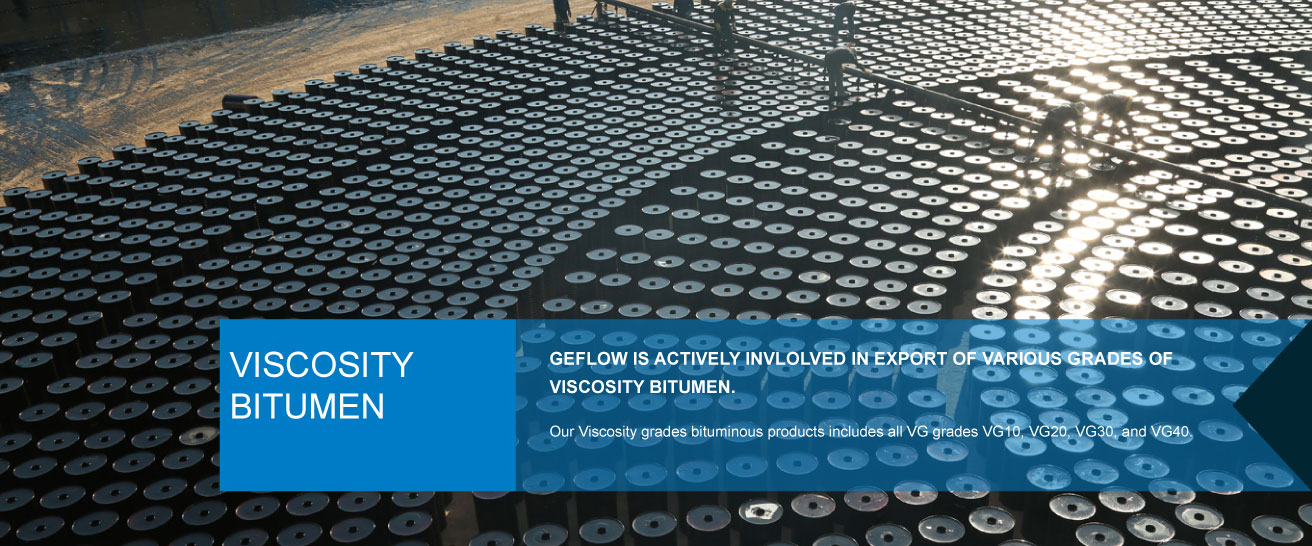
Performance Grading Bitumen
Penetration grading and viscosity grading are somewhat limited in their ability to fully characterize asphalt binder for use in HMA pavement. Therefore, as part of the Performance grade research effort new binder tests and specifications were developed to more accurately and fully characterize asphalt binders for use in HMA pavements. These tests and specifications are specifically designed to address HMA pavement performance parameters such as rutting, fatigue cracking and thermal cracking.
Superpave performance grading (PG) is based on the idea that an HMA asphalt binder’s properties should be related to the conditions under which it is used. For asphalt binder, this involves expected climatic conditions as well as aging considerations. So, the PG system uses a common battery of tests (as the older penetration and viscosity grading systems do) but specifies that a particular asphalt binder must pass these tests at specific temperatures that are dependent upon the specific climatic conditions in the area of use. Therefore, a binder used in the Sonoran Desert of California/Arizona/Mexico would have different properties than one used in the Alaskan tundra. This concept is not new – selection of penetration or viscosity graded asphalt binders follows the same logic – but the relationships between asphalt binder properties and conditions of use are more complete and more precise with the Superpave PG system. Information on how to select a PG asphalt binder for a specific condition is contained in Superpave mix design method. Table 1 shows how the Superpave PG system addresses specific penetration, AC and AR grading system general limitations.
